New maize brings hope to farmers in Striga-infested regions in Tanzania and Uganda
For many years, farmers in Tanzania have desperately tried to control the parasitic flowering plant Striga spp.—popularly known as witchweed—that can make maize farming nearly impossible in regions of heavy infestation. In Tanzania Striga infests an estimated 0.6 million hectares over 10 regions, causing yearly losses to farmers of some 1.7 million tons of grain worth US$ 350 million. For lack of cost-effective control measures for this pest, some farmers have stopped growing maize.
However, there is now hope, thanks to a new maize variety, that is effective in controlling Striga. The variety, TAN222, has the added advantage of being high yielding 3.7 tons per hectare, according to Isaka Mashauri, director of Tanseed International, the company that is commercializing the variety in Tanzania.
Many years of joint research by CIMMYT, BASF (a multinational producer and supplier of agrochemicals), and the Weizmann Institute of Science in Israel have resulted in a solution and source of hope for farmers. It involves coating seed of a herbicide-tolerant maize variety with the systemic herbicide imazapyr. When the seed is sown and sprouts, any Striga plants that attack it are killed. As part of this research, the partners developed herbicide tolerant maize lines based on a natural mutation in maize.
The African Agricultural Technology Foundation (AATF) is promoting this technology among farmers and extension agencies in areas of sub-Saharan Africa where Striga is prevalent. In Tanzania, the seed company Tanseed International has used the herbicide tolerant lines from this effort to develop and market the maize variety TAN222.
Anatia Mike, a farmer in Muheza District, Tanzania, tried using herbicide-coated seed of TAN222 and managed to harvest 1.2 tons of grain per hectare from her Striga infested farm, where previously she was getting yields of only 0.5 tons. At a recent field day organized by the research partners on Mike’s homestead to demonstrate the efficacy of this technology, Karimu Mtambo, the Director of Tanzania’s Ministry of Agriculture, Food Security, and Cooperatives, lauded the practice as the best and most effective in controlling Striga and improving maize yields, and called on farmers to adopt it together with other good agricultural practices.
Also present were Mashauri; Denis Tumwesigye Kyetere and Gospel Omanya, Executive Director and Seed Systems Manager, respectively, AATF; BASF representative Sammy Waruingi; Ibrahim Matovu, Muheza District Commissioner; and from CIMMYT agronomist Fred Kanampiu and breeder Dan Makumbi.
Kyetere promised full support from AATF in scaling out the technology, and Kanampiu called on the government to put in place mechanisms like herbicide registration for commercial use that would facilitate speedy adoption of the technology. He also urged seed companies to work with the Ministry of Agriculture to educate farmers on its use. Matovu promised to have Striga control included in the district agenda, particularly in budgeting.
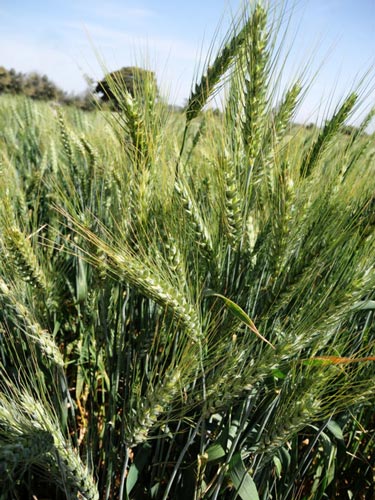 Wheat is increasingly in demand in sub-Saharan Africa as a result of income growth and the demand for convenience foods as more women enter the workplace, but sub-Saharan countries and Africa as a whole produce only about 30% and 40%, respectively, of their domestic requirements, causing a heavy dependence on imports and making the region highly vulnerable to global market and supply shocks.
Wheat is increasingly in demand in sub-Saharan Africa as a result of income growth and the demand for convenience foods as more women enter the workplace, but sub-Saharan countries and Africa as a whole produce only about 30% and 40%, respectively, of their domestic requirements, causing a heavy dependence on imports and making the region highly vulnerable to global market and supply shocks.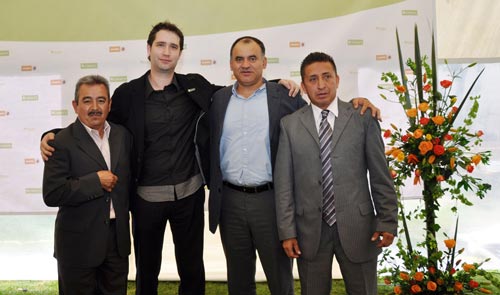 After 12 months of work and dedication, on 19 October 2012 technicians from different parts of Mexico were recognized for their efforts in an August graduation ceremony for the “Technicians Certified in Conservation Agriculture” course. The 48 graduates constitute the third generation of specialists trained to provide technical advice and assistance to new farmers as part of the “Take it to the Farmer” initiative of the Sustainable Modernization of Traditional Agriculture (
After 12 months of work and dedication, on 19 October 2012 technicians from different parts of Mexico were recognized for their efforts in an August graduation ceremony for the “Technicians Certified in Conservation Agriculture” course. The 48 graduates constitute the third generation of specialists trained to provide technical advice and assistance to new farmers as part of the “Take it to the Farmer” initiative of the Sustainable Modernization of Traditional Agriculture ( The community based seed production (CBSP) program is one of the most successful interventions of the Hill Maize Research Project (
The community based seed production (CBSP) program is one of the most successful interventions of the Hill Maize Research Project (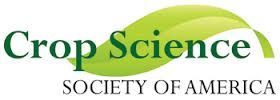

 The U.S. Agency for International Development (
The U.S. Agency for International Development (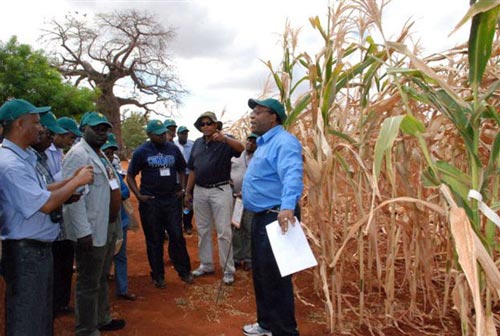 Thirty-six senior maize breeders from fifteen African countries participated in a course in Nairobi, Kenya, from 1 to 4 October 2012. The course attracted participants from national agricultural research systems, private seed companies, and universities collaborating within the Drought Tolerant Maize for Africa (
Thirty-six senior maize breeders from fifteen African countries participated in a course in Nairobi, Kenya, from 1 to 4 October 2012. The course attracted participants from national agricultural research systems, private seed companies, and universities collaborating within the Drought Tolerant Maize for Africa (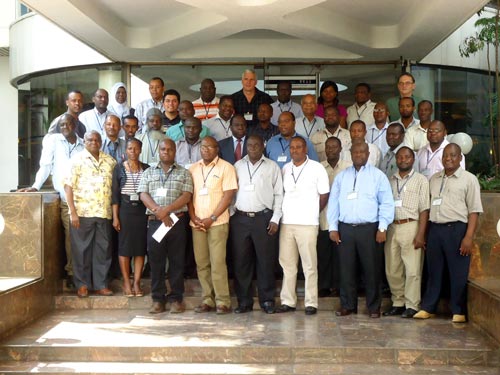
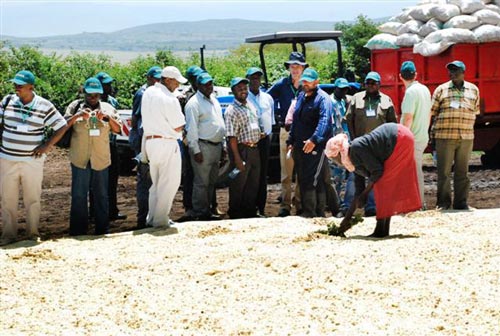
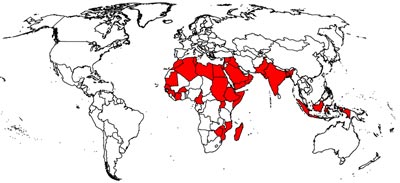
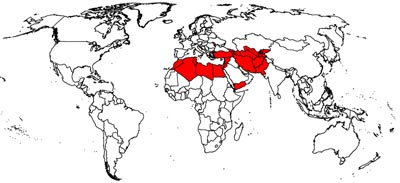
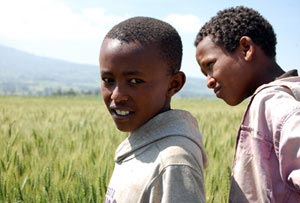
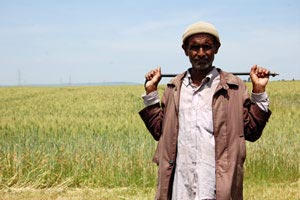
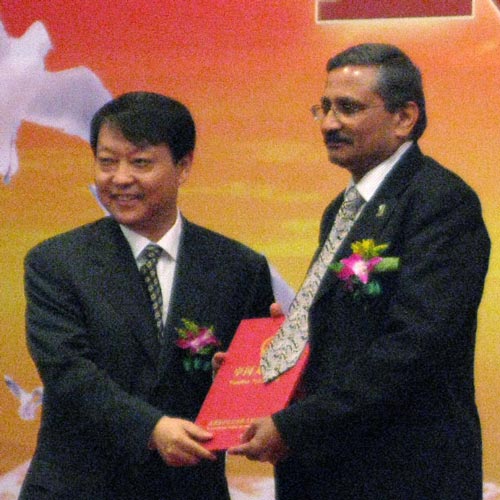 Ravi Singh, distinguished scientist and head of Bread Wheat Improvement and Rust Research, Global Wheat Program, received the 2012 China Tianshan Award for his contributions to the economic and social progress of the Xinjiang Uygur Autonomous Region of China. The highest award given to foreign experts by the Government of Xinjiang Province was presented by Huang Wei, Executive Vice- Governor of the Province, on 27 September 2012 during a ceremony at Urumqi attended by over 150 officials and guests.
Ravi Singh, distinguished scientist and head of Bread Wheat Improvement and Rust Research, Global Wheat Program, received the 2012 China Tianshan Award for his contributions to the economic and social progress of the Xinjiang Uygur Autonomous Region of China. The highest award given to foreign experts by the Government of Xinjiang Province was presented by Huang Wei, Executive Vice- Governor of the Province, on 27 September 2012 during a ceremony at Urumqi attended by over 150 officials and guests.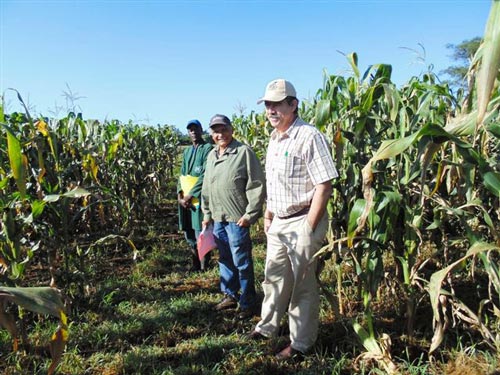 Strengthening and enhancing seed systems is critical to ensure that released varieties reach the ultimate beneficiary — the farmer, and that farmers, especially smallholders, are able to access improved maize seed varieties from seed companies who are often key players in the maize value chain. This is why scientists working on seed systems at CIMMYT met with seed companies at the Uganda Seed Trade Association (USTA) meeting during 19-20 September 2012 in Kampala, Uganda. CIMMYT was represented by seed system specialists John MacRobert and Mosisa Worku, whose objective was to create awareness on new drought tolerant (DT) maize varieties and roadmaps for their seed production. The meeting was attended by 12 participants representing 9 seed companies, along with representatives from USTA.
Strengthening and enhancing seed systems is critical to ensure that released varieties reach the ultimate beneficiary — the farmer, and that farmers, especially smallholders, are able to access improved maize seed varieties from seed companies who are often key players in the maize value chain. This is why scientists working on seed systems at CIMMYT met with seed companies at the Uganda Seed Trade Association (USTA) meeting during 19-20 September 2012 in Kampala, Uganda. CIMMYT was represented by seed system specialists John MacRobert and Mosisa Worku, whose objective was to create awareness on new drought tolerant (DT) maize varieties and roadmaps for their seed production. The meeting was attended by 12 participants representing 9 seed companies, along with representatives from USTA.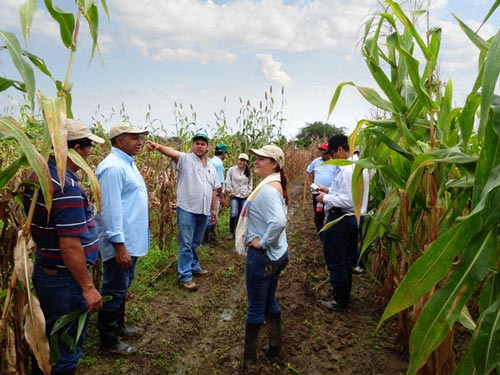 The
The